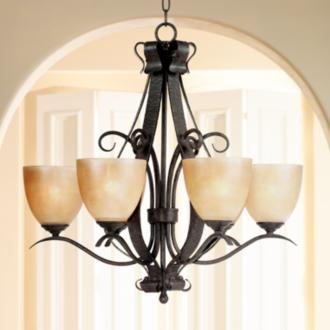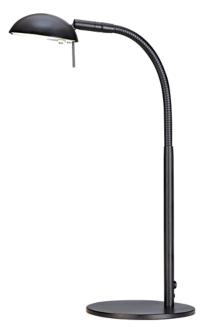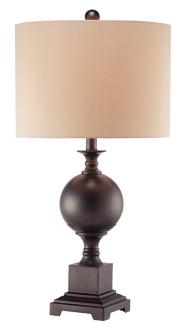The use of light in interior spaces greatly affects the environment and "mood" inside the space. Light fixtures should not just be pretty, but the lighting should be appropriate for the different uses and function of a space. Imagine trying to put makeup on by candlelight... that wouldn't quite work. A good lighting plan combines natural lighting, ambient lighting, task lighting and accent lighting to light an area according to function and style. Here is a brief summary of the different types of lighting to help brighten your world.
Natural Light
The sun is the biggest source of light available on our planet. We are all dependent on it. The sun is responsible for biological balance of the earth. A well thought out and well designed room will show evidence of maximizing the natural light coming into the space. This can be achieved through the proper placement of furniture and well chosen window treatments. care should be taken not to expose furniture pieces to direct sunlight, which will cause color fading.

Ambient lighting
Ambient lighting provides an area with overall illumination. Also known as general lighting, it radiates a comfortable level of brightness without glare and allows you to see and walk about safely. In some spaces such as laundry rooms, the ambient lighting also serves as the primary source of task lighting.
It can be accomplished with chandeliers, ceiling or wall-mounted fixtures, recessed or track lights and with lanterns mounted on the outside of the home. Having a central source of ambient light in all rooms is fundamental to a good lighting plan.




Task lighting
Task lighting helps you perform specific tasks, such as reading, grooming, preparing and cooking food, doing homework, working on hobbies, playing games and balancing your checkbook. It can be provided by recessed and track lighting, pendant lighting and undercabinet lighting, as well as by portable floor and desk lamps.
Task lighting should be free of distracting glare and shadows and should be bright enough to prevent eye strain.



Accent lighting
Accent lighting adds drama to a room by creating visual interest. As part of an interior design scheme, it is used to draw the eye to houseplants, paintings, sculptures and other prized possessions. It can also be used to highlight the texture of a brick or stone wall, window treatments or outdoor landscaping.
To be effective, accent lighting requires as least three times as much light on the focal point as the general lighting surrounding it.
Accent lighting is usually provided by recessed and track lighting or wall-mounted picture lights.





So what have we learned today? No room is complete without proper lighting that combines natural, ambient, accent, and task lighting. The above images show just how beautiful your space could be.






No comments:
Post a Comment